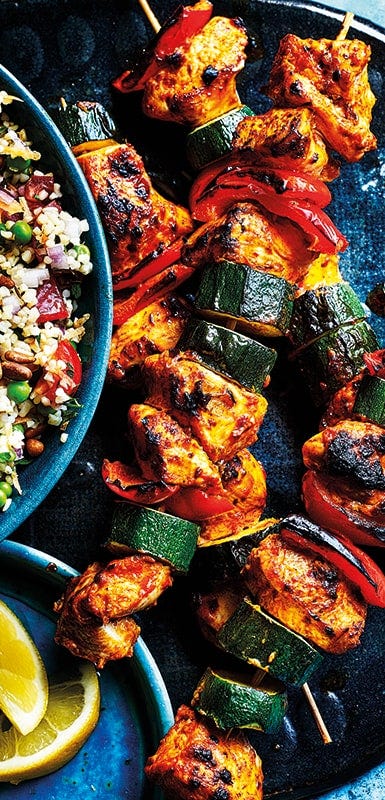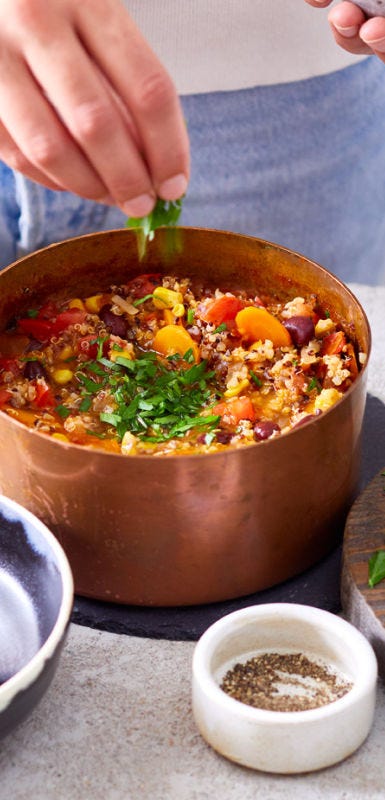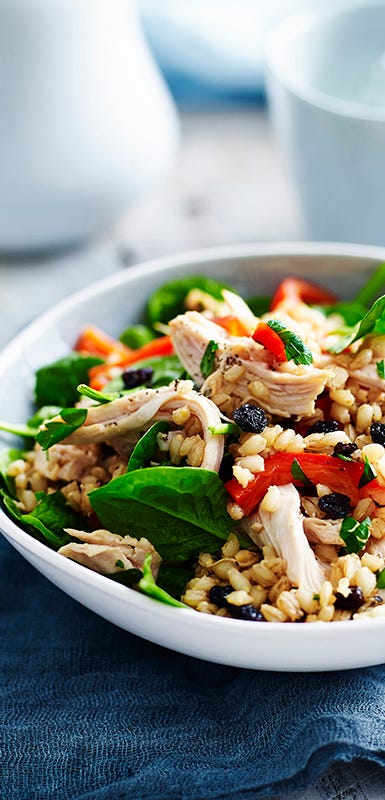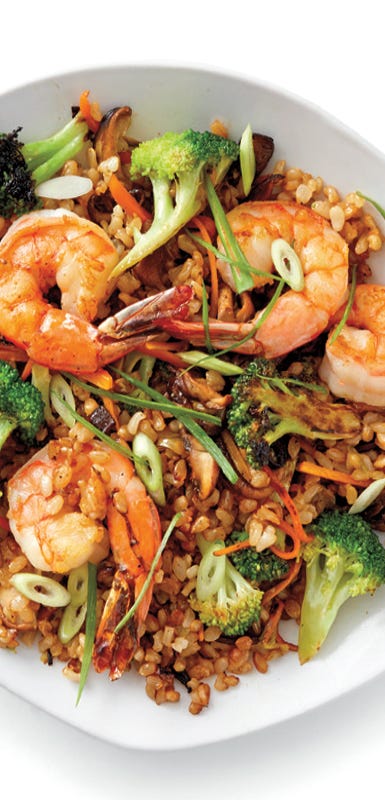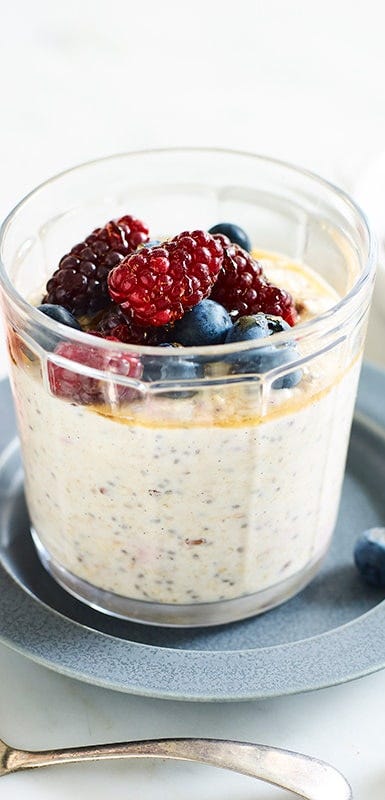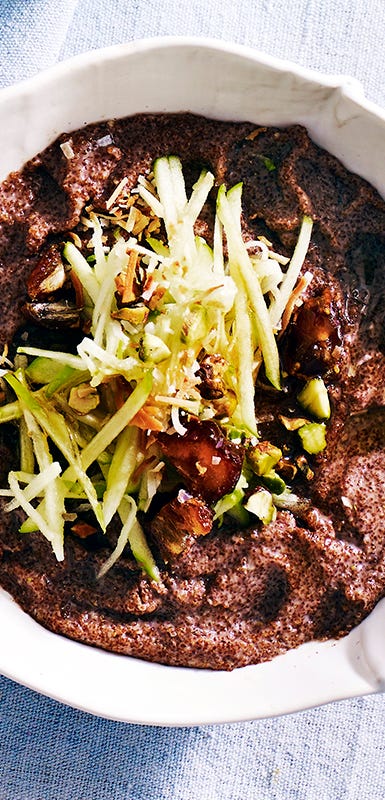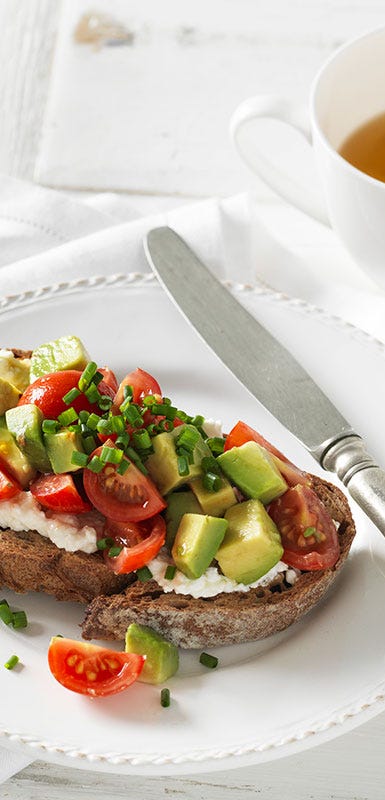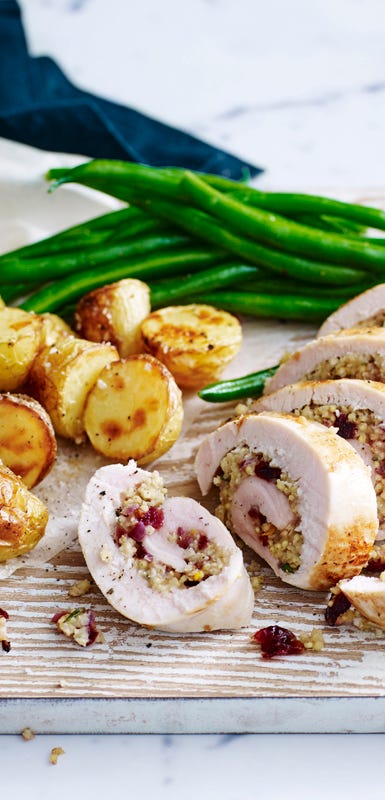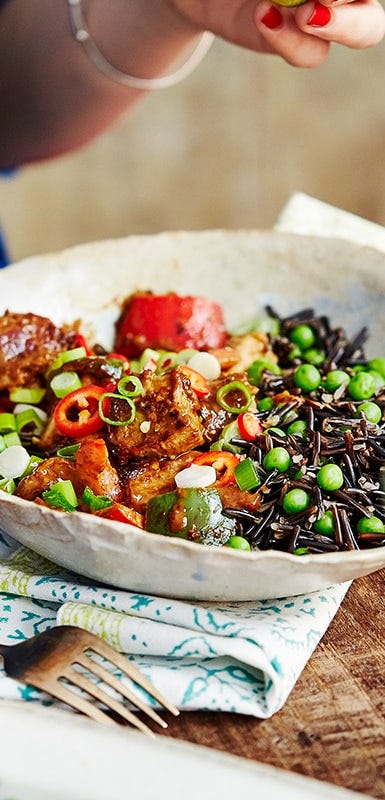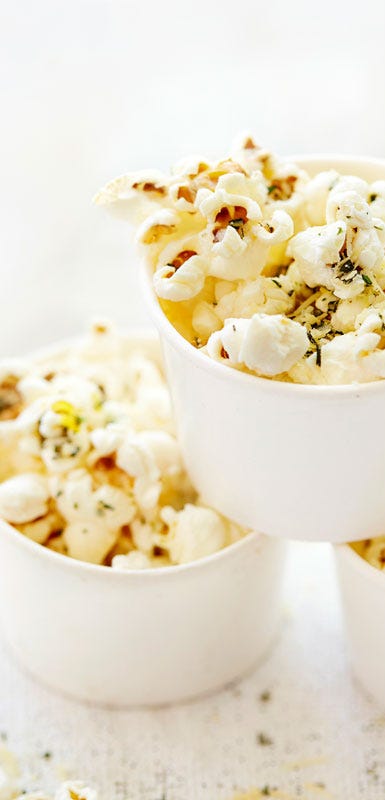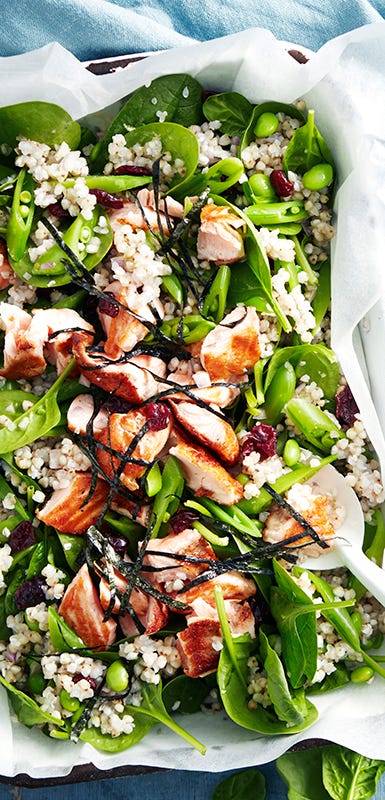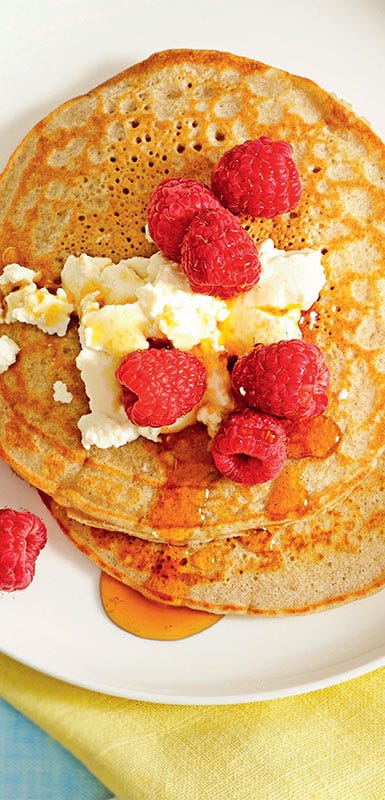13 wholegrains to add to your diet
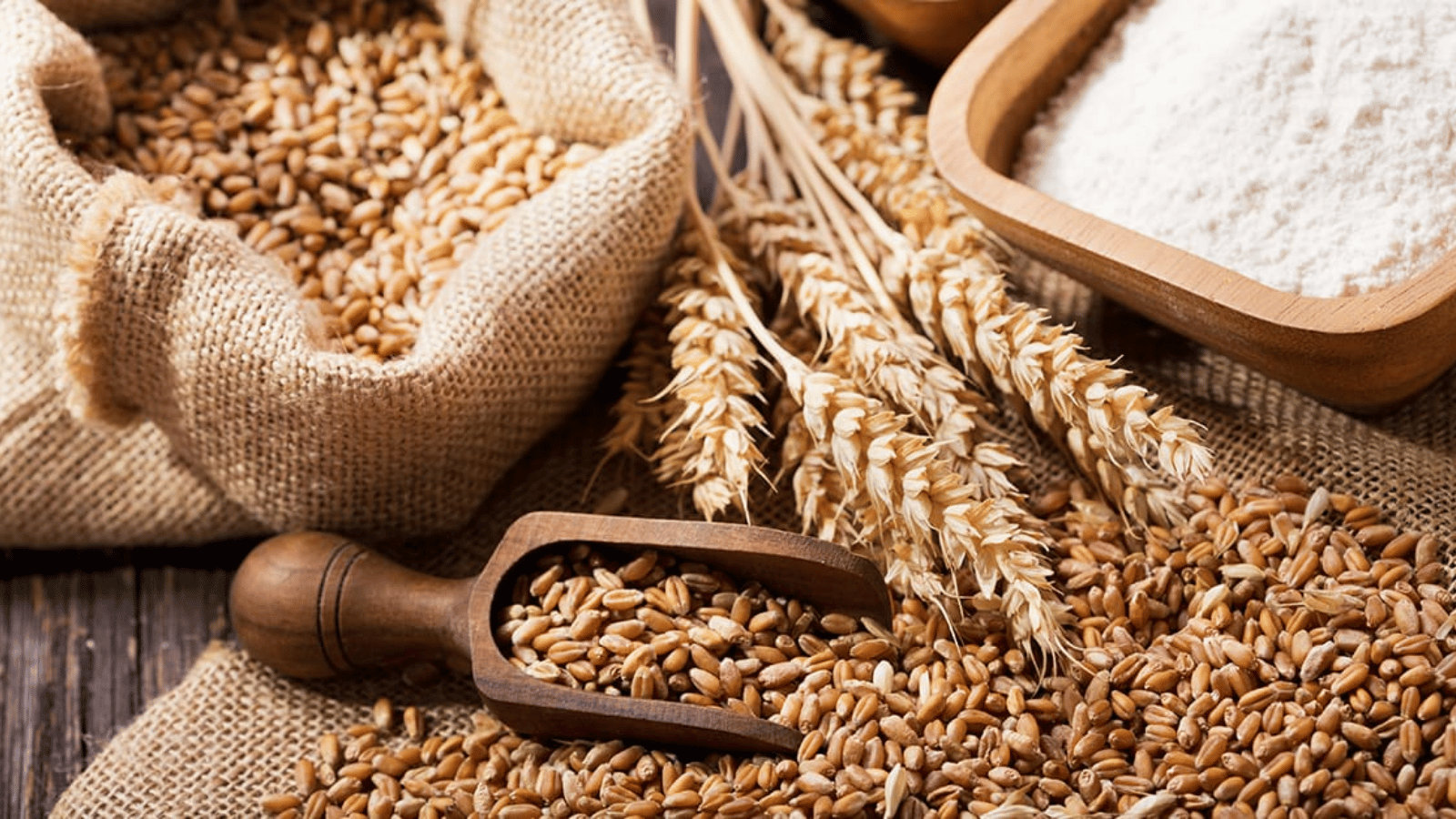

Included in this article
If you’re trying to add delicious depth to meals while supporting your overall health, get into wholegrains—foods like wheat, oat and rice in their complete form.
“Most of a grain’s nutrition and flavour are concentrated in the parts that are removed in refined grains,” says registered dietitian Kelly Toups. That means wholegrain foods pack more fibre, protein, vitamins and minerals than their refined versions do.
Keep reading for the scoop on the health benefits of wholegrains, plus tons of recipe inspiration to help you dial up the wholegrains in your diet.
What are wholegrains?
A wholegrain is the entire seed—sometimes called the kernel—of a grain plant. This mighty little package is made up of three parts:
- Bran: This is the outer skin of the seed and it has the most fibre of the three components. It also contains B vitamins and antioxidants.
- Germ: This is the seed’s embryo, as it’s the part that can sprout into a new plant. It contains B vitamins, as well as protein, minerals and unsaturated fats.
- Endosperm: Although this is the largest part of the seed, it only contains small amounts of fibre, vitamins and minerals. It’s primarily made up of carbohydrates and some protein. If the seed were to sprout, the endosperm would provide energy to the germ and young plant.
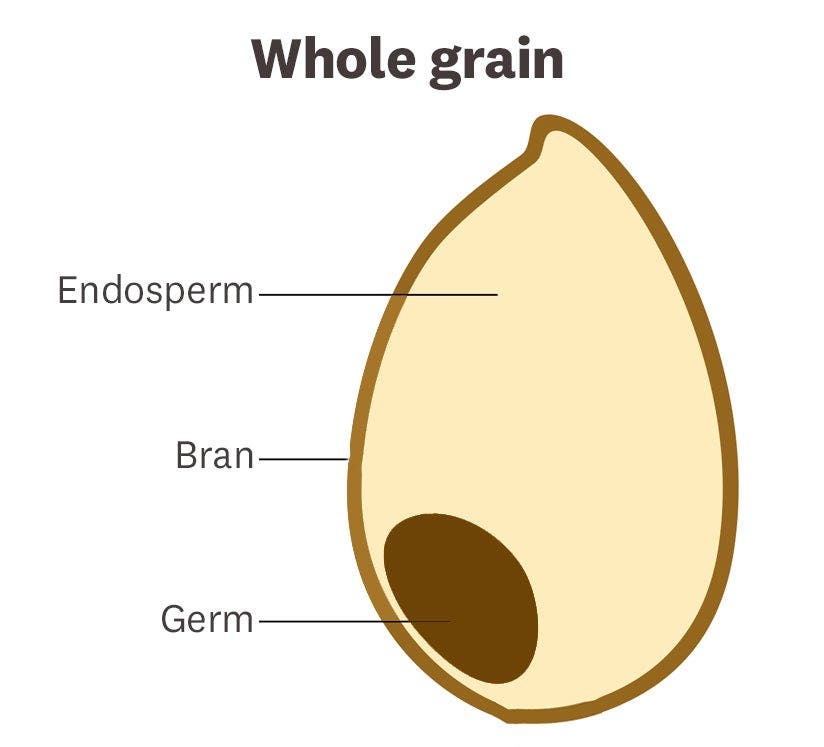
When a grain is commercially refined, the bran or germ is stripped away (sometimes both components are). While this doesn’t make a food ‘bad’, it can affect its nutrient profile. “Refined wheat, for example, has 28% less protein than whole wheat,” Toups says. Some food makers fortify their products to replace lost nutrients. The term ‘enriched’ on an ingredient list means vitamins and minerals were added after the fact.
While most wholegrains come from plants classified as cereal grains, a few are considered honorary members of the family because they’re nutritionally similar and used in comparable ways, Toups says. Amaranth, quinoa and buckwheat are some of the unofficial grains on this list—they’re seeds from plants not classified as cereal grains.
Health benefits of wholegrains
Wholegrains are high in fibre, which adds bulk to your diet. Fibre-rich foods can help meals feel more satisfying, which may be why a higher fibre intake is associated with lower body weight. On a digestive note, fibre’s reputation for preventing constipation is well deserved, confirms Robin Foroutan, an integrative medicine dietitian.
Fibre isn’t all you’ll get, either. Wholegrains contain protein, vitamins and minerals. Research has found that the more wholegrains a person has in their everyday diet, the lower their risk of colorectal cancer, type 2 diabetes and heart disease.
Adults need 25–30g of fibre per day, according to the Australian Dietary Guidelines. Most Australians though do not consume enough fibre, but fibre-rich wholegrains can help fill the gap. The recommended number of servings of grains per day for adults varies from 3-6 servings (depending on age and gender) and up to 9 for pregnant or breastfeeding women. Examples of single servings include 1⁄2 cup of cooked brown rice or quinoa, one slice of wholegrain bread or ⅔ cup (30g) of wholegrain cereal. Learn more about specific wholegrains below.
List of wholegrains
When many of us think ‘wholegrains’, whole wheat is what jumps to mind. It’s the most common wholegrain used in food items like bread and pasta. But there are many other wholegrains, each with its own unique flavour and nutritional profile. Try experimenting with the tasty options below—cooked whole, used ground as flour, or in a commercially made food—and you’re sure to find a few new favourites.
1. Bulgur
Just 1 cup (180g) of cooked bulgur contains ~13g of fibre—more than a third of what most adults need in a day. Bulgur is commonly used in tabbouleh, but its mild taste makes it a perfect addition to soups and chilli, too. You can even swap it for oats at breakfast.
2. Quinoa
This small seed is a complete protein, which means it contains all nine essential amino acids the body can’t produce on its own. Quinoa is also rich in potassium and antioxidants. Warm or chilled, quinoa has a satisfying firm yet chewy texture, making it ideal as a side dish or as part of a salad.
3. Barley
Of all the grains on this list, barley contains the most beta-glucan, a fibre that may help lower levels of LDL cholesterol and have beneficial effects on blood sugar. Enjoy barley’s nutty flavour in a salad or soup, or try it as a swap for white rice. Just be sure to look for wholegrain or hulled barley—the pearled variety has the bran removed, so it’s not a wholegrain.
4. Brown rice
Brown rice contains up to twice the amount of fibre, as well as four times the potassium, as white rice. Cook up a batch of this nutty-tasting grain as a side dish and then use the leftovers as a base for fried rice another day.
5. Oats
Heard much about those no-cook overnight oats recipes everyone’s been loving? They’re not just convenient, they’re also nutritious. Like barley, oats are high in beta-glucan fibre. Plus, 1 cup (260g) of cooked oats contains around 5-6g of protein—about what you’d get in a large egg.
6. Teff
This tiny, dark seed is a protein-rich option. It also has high levels of calcium, phosphorus, iron, copper and aluminium. Try using teff flour in baking, Toups suggests. Thanks to its slightly sweet flavour, it works especially well in desserts.
7. Rye
Rye bread is packed with flavour and nutrients. In addition to beta-glucan, rye provides magnesium, phosphorus, copper, selenium and vitamin B3. Take your favourite sandwich to the next level by using rye bread as your base.
8. Sorghum
Sorghum is related to sugar cane and millet. It tops this list when it comes to disease-fighting antioxidants and it’s also high in fibre, magnesium and vitamin B3. Sorghum has a mild, earthy flavour and a chewy texture. Toss it into your favourite salad or pop it like corn for a crunchy snack.
9. Amaranth
Amaranth is another high-protein and like quinoa, it's a complete protein. This grain has a creamy texture when cooked, making it ideal for thickening soups and stews.
10. Millet
Millet is a small, yellow grain with a mild, slightly sweet flavour. It is gluten free and is packed with protein, antioxidants and other nutrients including potassium. This grain adds a satisfying texture to salads and can replace couscous as a side dish.
11. Corn
That’s right, every time you sink your teeth into juicy corn on the cob or munch a bowl of popcorn, you’re having a wholegrain! This sweet grain is packed with carotenoids such as lutein, which supports eye health.
12. Wild rice
Wild rice is high in protein, with nearly 7g in a cooked 1 cup (170g) serving. Fun fact, this flavourful grain isn’t really rice—it’s the seed of a grass. Wild rice pilaf pairs perfectly with fish or chicken and you can also add this grain to your favourite soup or salad.
13. Buckwheat
Another complete protein, this wholegrain is also rich in minerals such as magnesium, copper and manganese. Buckwheat has a robust flavour and lends a firm texture to soba noodles. You can also toast the grain and sprinkle it on a salad, or use its flour in bread or pancakes.
Wholegrain recipes
The upshot: Are wholegrains healthy?
Adding more wholegrains to your diet is a simple way to boost your intake of fibre, vitamins, minerals and antioxidants. Diets high in wholegrains are associated with a lower risk of developing many diseases and may support healthy weight management over time. When you’re shopping for packaged food items made from grains, opt for those that list wholegrains as their first ingredient and aim to incorporate a variety of grains into your meals.

